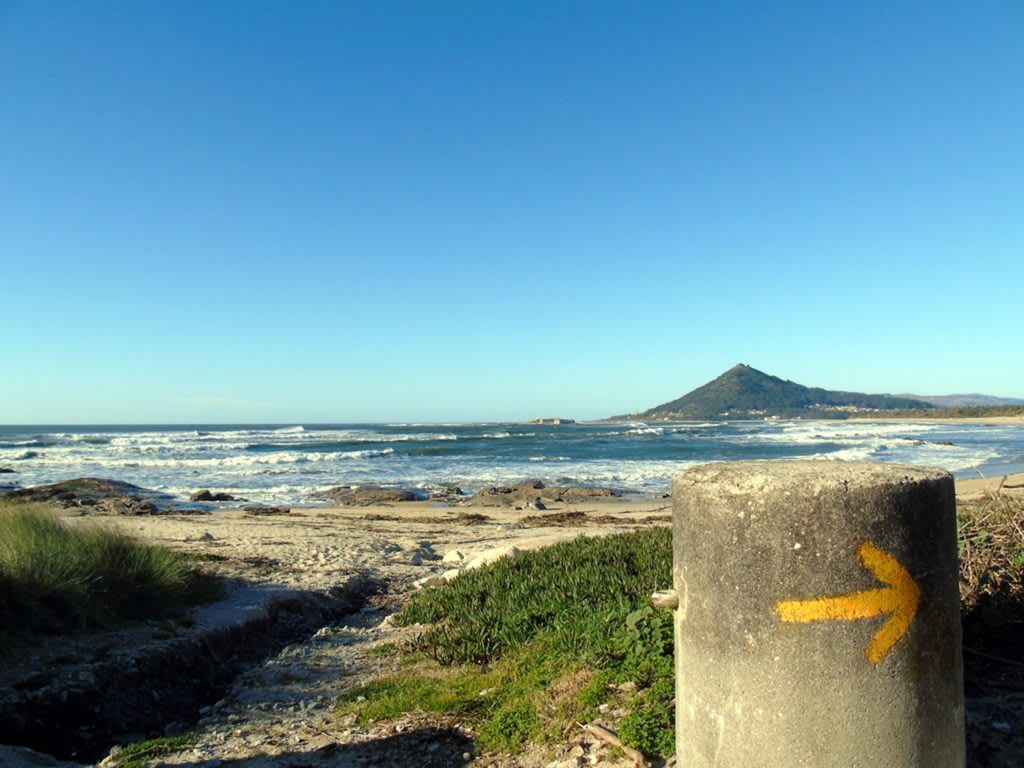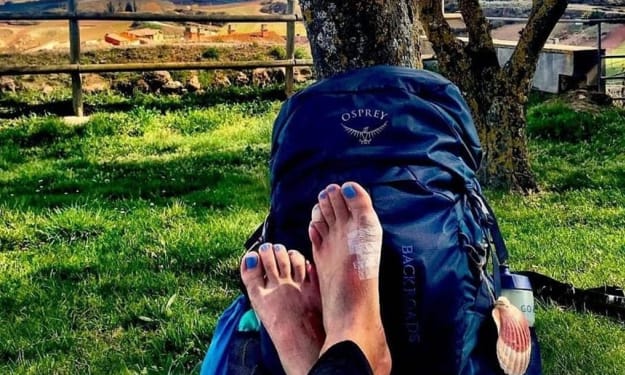10 Things You Need To Know About The Portuguese Camino De Santiago.
A Camino Not To Be Missed!

For a thousand years, millions of people have walked the Camino de Santiago routes, a network of trails found all over Europe. While the most popular route is the French Way, the second most popular route is the Portuguese Camino de Santiago.
The Portuguese Camino de Santiago offers spectacular scenery, rich cultural and culinary delights of Portugal and Spain, friendly locals and Pilgrims who share the Camino experience. The Portuguese Camino de Santiago runs a total of 600km from Lisbon to Santiago. It is a tale of two beautiful countries; Portugal and Spain with the opportunity to explore and experience two different cultures.
There are three Portuguese Camino de Santiago routes; the Coastal, Central and Espiritual Route, all of which lead to the Cathedral in Santiago de Compostela.
If you are thinking of walking the Portuguese Camino de Santiago, here are ten things you need to know about the Portuguese Camino de Santiago before starting your Camino:-
1. The Camino de Santiago is a pilgrimage to the resting place of St James in Santiago de Compostela. Yet, St James had links to Padron on the Portuguese Camino before his death. He was known to preach at “Santiaguino del Monte”, also known as San Gregorio’s mount, just outside of Padron during his time on the Iberian Peninsula. You can visit this spot when walking the Portuguese Camino de Santiago between Padron and Santiago de Compostela.
2. Following St James' execution in Judea, his body was believed to have been brought back to the Iberian Peninsula by boat. The boat landed on the Northwestern coast of Spain. His remains were carried up the Ulla River to Padron (although it was then called Iria Faliva) on the way to his alleged burial on the spot where the Santiago Cathedral now stands.
3. The Portuguese Camino de Santiago officially begins in Lisbon and ends in Santiago. The original route followed ancient roads that were established in Roman times. Many Pilgrims choose to begin their Camino in the beautiful cities of Porto, Valenca or Tui.
4. The Portuguese Camino de Santiago is the second most popular Camino route and considered to be an easier alternative to the Caminos routes that traverse the mountain ranges of Spain and France. The trail is mainly smooth and flat.
5. There are three main Portuguese Camino de Santiago routes. These are the Central route, the Coastal route and the Variante Espiritual route. All Caminos end at the Cathedral in Santiago de Compostela.
6. The Portuguese Camino de Santiago was firmly established when King Alfonso I made his pilgrimage from Lisbon in the 13th century. Queen Isobella followed in his footsteps in the 14th century, further increasing the Portuguese Camino de Santiago´s popularity during medieval times.
7. The Portuguese Camino de Santiago is a tale of two countries and gives every Pilgrim the opportunity to experience both the Portuguese and Spanish culture and cuisine. In Portugal, the Camino is known as Caminho de Santiago and Pilgrims use Bon Caminho instead of Buen Camino.
8. The Portuguese Camino de Santiago can be walked all year round. Northern Portugal and Galicia experience less extreme weather than the inland parts of Spain and temperatures rarely drop below 10 degrees during the winter months. The Coastal Camino is perfect to walk during the summer months because of the Atlantic breeze.
9. Even in peak season, the Portuguese Camino de Santiago is less crowded than the traditional way. Perfect for the Pilgrim looking for a quieter pilgrimage.
10. Many Pilgrims decide to start their Portuguese Camino de Santiago in Lisbon to visit the shrine of The Lady of Fatima.
If you want to walk a Camino de Santiago, the Portuguese Camino is not to be missed.
About the Creator
Samantha Wilson
Visit Samantha at www.samantha-wilson.com or follow on Facebook at www.facebook.com/samanthawilson or Instagram at www.instagram.com/samanthaemmawilson
Enjoyed the story? Support the Creator.
Subscribe for free to receive all their stories in your feed. You could also pledge your support or give them a one-off tip, letting them know you appreciate their work.






Comments
There are no comments for this story
Be the first to respond and start the conversation.